There is some overlap between diabetes meal and diet meal in controlling blood sugar and calorie intake, but there are significant differences in core goals and nutrition ratio. Diabetes meal is centered on stabilizing blood sugar, which requires precise control of carbohydrate and glycemic index; Weight loss meals are primarily focused on calorie deficit, emphasizing overall energy control.
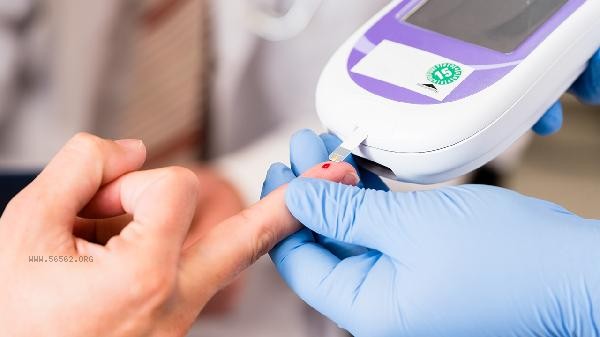
1. Core goal difference
The primary goal of diabetes meals is to maintain a stable blood sugar. It is necessary to avoid sharp fluctuations in blood sugar after meals. Therefore, there are strict requirements on the type, intake and eating order of carbohydrates. The core of a weight loss meal is to create a calorie deficit by reducing total calorie intake or increasing expenditure to achieve weight loss, with the impact on blood sugar being only a secondary consideration.
2. Different nutritional structure
The diabetes diet emphasizes the synergistic effect of low glycemic index carbon water, high-quality protein and dietary fiber, and it is necessary to strictly limit refined sugar and fast digesting carbon water. Weight loss meals can accept more flexible macro nutrient ratios, and extreme methods such as ketogenic diet even allow very low carbon water intake, but diabetes meals usually do not recommend such radical programs.
3. Food selection criteria
For diabetes meals, foods with low blood sugar load, such as brown rice and beans, should be preferred, and monosaccharide foods should be avoided. There are more options for weight loss meals, as long as they meet the calorie standards. Occasionally high sugar foods can also be included, but it is important to control the frequency and portion size.
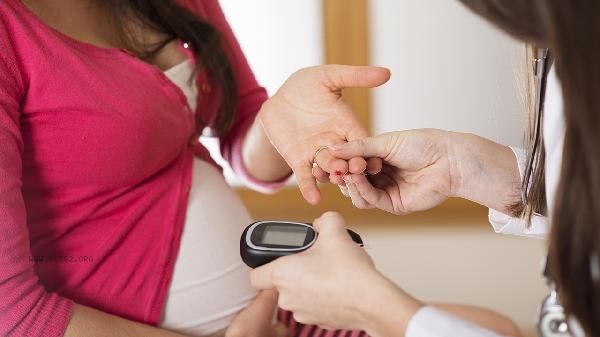
4. Characteristics of meal arrangement
diabetes meals usually require regular and quantitative meals to prevent the risk of hypoglycemia. Additional meals should be included in the total carbon and water intake. The flexible adjustment of meal times and intermittent fasting patterns in weight loss meals are widely adopted among people without low blood sugar risk.
5.
The risk of complications should be considered when special people adapt to

diabetes meals. For example, the quality of protein should be controlled for kidney disease, and sodium should be limited for hypertension. Weight loss meals pay more attention to basic metabolic protection, ensuring sufficient intake of vitamins and minerals to prevent muscle loss.

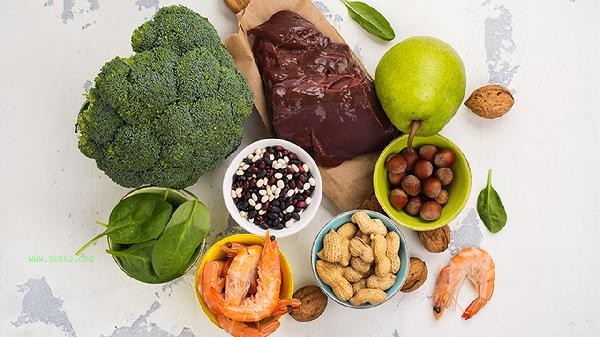
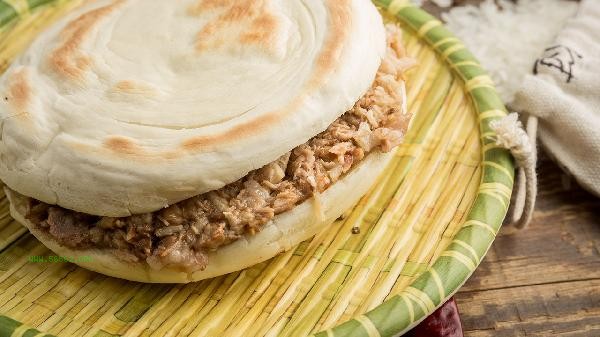
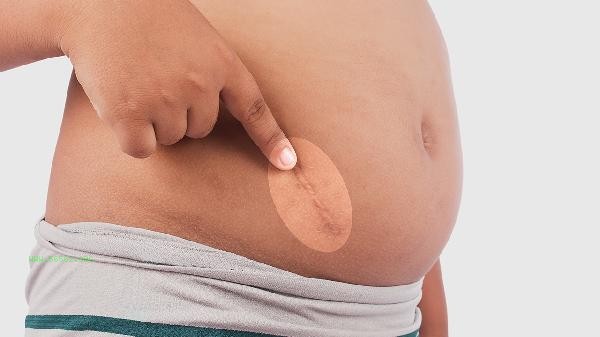
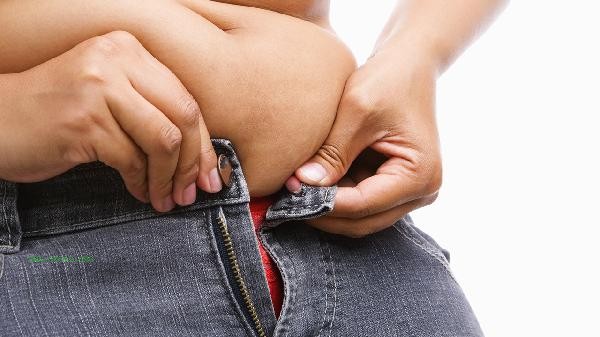
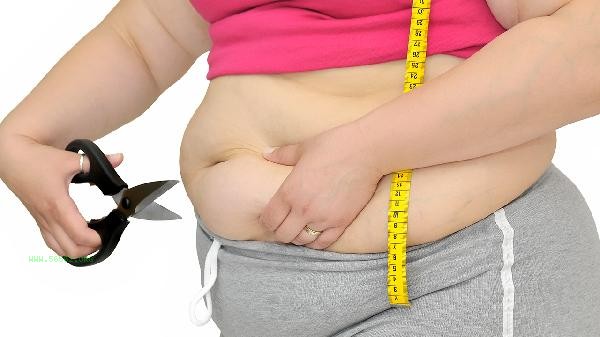


Comments (0)
Leave a Comment
No comments yet
Be the first to share your thoughts!